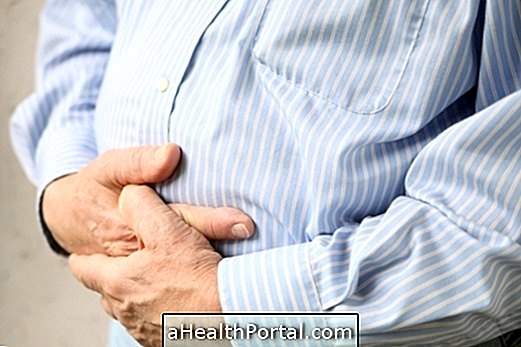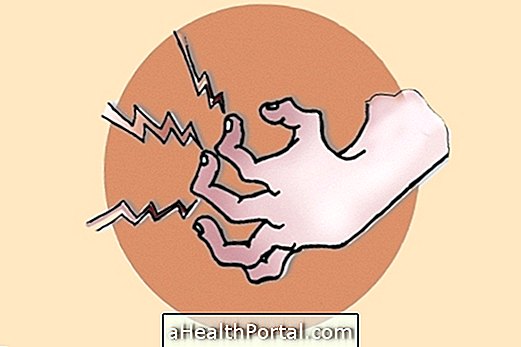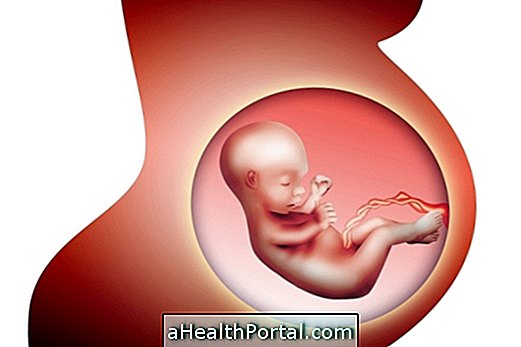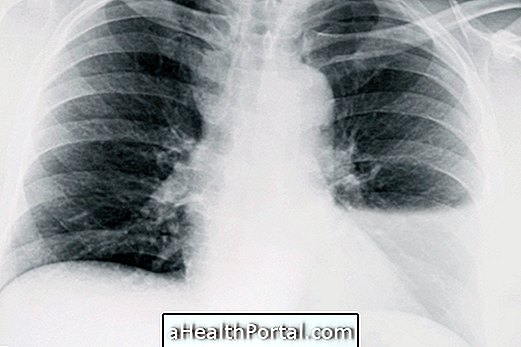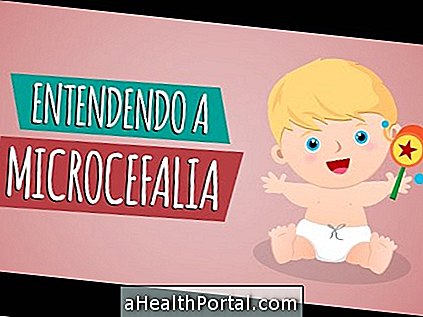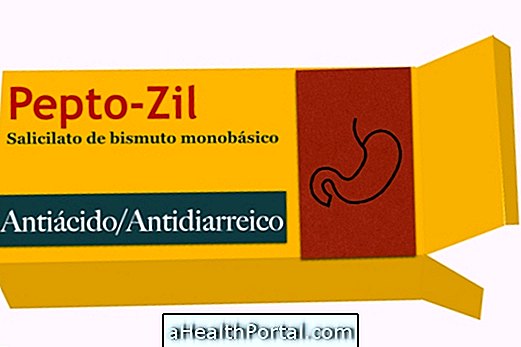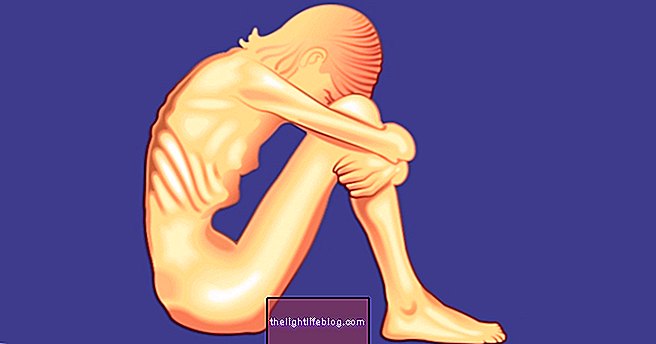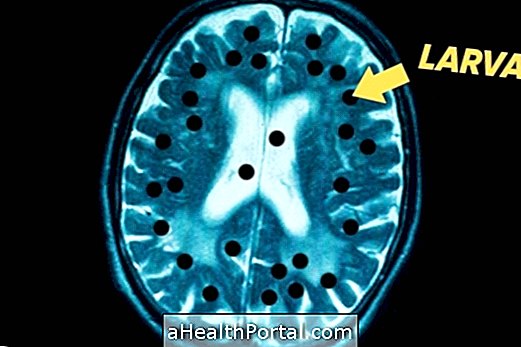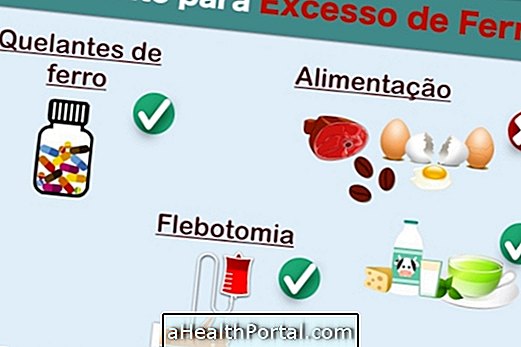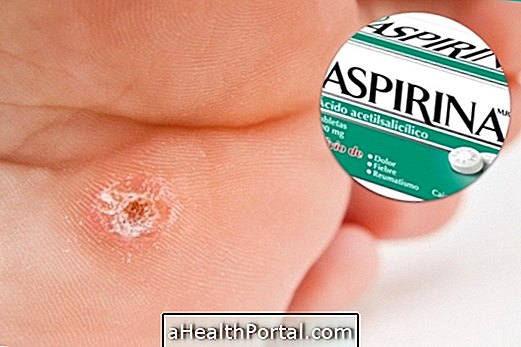The symptoms of childhood cancer depend on the place where it begins to develop and the degree of invasion of the organs it affects. One of the symptoms that causes parents to suspect that the child is ill is weight loss without an apparent cause, when the child feeds well, but continues to lose weight.
The diagnosis is made after a battery of complete exams to determine what type of tumor the child has, its staging, and whether there are metastases or not. All of this information is important in helping to determine the most appropriate treatment, which may include surgery, radiation therapy, chemotherapy, or immunotherapy.
Cancer in children is not always curable, but when it is discovered early on and there are no metastases there are great chances of cure. Although leukemia is the most common type of cancer in children and adolescents, affecting 25% to 30% of cases, lymphoma, kidney cancer, brain tumor, cancer of the muscles, eyes and bones also appear in this age group.
Main Symptoms of Cancer in Children
Some of the key features of cancer symptoms in children are:
- Low fever with no apparent cause lasting more than 8 days;
- Bruising and bleeding from the nose or gums;
- Pain in the body or bones that causes the child to refuse to play, which causes her to lie down a lot of the time, getting irritated or having difficulty sleeping;
- Languages that are generally larger than 3 cm, hard, slow-growing, painless and not justified by the presence of infection;
- Vomiting and headache for more than two weeks, especially in the morning, accompanies any neurological signs such as changes in gait or vision, or abnormal head enlargement;
- Increased abdomen accompanied or not by abdominal pain, vomiting and constipation or diarrhea;
- Increased volume of both eyes or one eye;
- Signs of precocious puberty, such as appearance of pubic hair or enlargement of the genitals before puberty;
- Enlargement of the head when the fontanelle is not closed, especially in infants under 18 months;
- Blood in the urine .
When parents observe these changes in the child it is recommended to take them to the doctor so that they can take the necessary tests to arrive at the diagnosis and thus be able to start the treatment as soon as possible. The faster you start the treatment, the greater the chances of a cure.
Learn all the symptoms of leukemia, the most common type of cancer in children and adolescents.
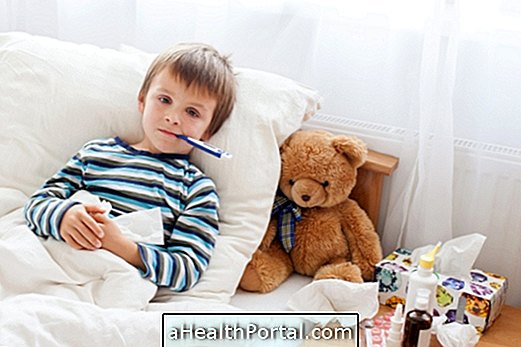
How to make the diagnosis
The diagnosis of childhood cancer can be made by the pediatrician based on the symptoms and to confirm the suspicion should be done exams such as:
- Blood tests: in this exam the doctor will analyze the PCR values, leukocytes, tumor markers, TGO, TGP, hemoglobin;
- Computed tomography or ultrasound: it is an image examination where the presence or degree of development of cancer and metastases;
- Biopsy: some organ tissue is harvested where it is suspected that it has been affected and is analyzed.
The diagnosis can be made, even before the first symptoms, in a routine consultation and in these cases the chance to recover is greater.
What causes cancer in the child
Often the cancer develops in the child exposed to radiation or medications during their pregnancy. Viruses are also related to some childhood cancers, such as Burkitt's lymphoma, Hodgkin's lymphoma and Epstein-Barr virus alone, and some genetic changes favor some form of cancer, however, it is not always possible to know exactly what it can lead to the development of cancer in children.
Major Cancers in Childhood
Children less than 5 years of age, most affected with cancer, have leukemia, but childhood cancer also manifests through kidney tumors, germ cell tumors, sympathetic nervous system tumors, and liver tumors.
Does Childhood Cancer Cure?
Childhood and adolescent cancer have healing in most cases, especially when parents are able to quickly identify the symptoms and lead to the pediatrician for evaluation.
Infantile or adolescent tumors most often grow more rapidly when compared to the same tumor in adults. Although they are also more invasive, they respond better to treatment, which the earlier established, has a better chance of cure compared to adults with cancer.
To treat childhood cancer it is usually necessary to have radiotherapy and chemotherapy to eliminate the cancer cells or to have surgery to remove the tumor and the treatment can be done at the Cancer Hospital nearest to the locality of the child for free. The treatment is always guided by a team of doctors, such as oncologist, pediatrician, nurses, nutritionists, and pharmacists who, together, seek to support the child and family.
In addition, treatment should include psychological support to the child and parents to help address the feelings of injustice, changes in the child's body, and even the fear of death and loss.
Treatment Options
The treatment for cancer in children aims to control or halt the growth of cancer cells, preventing them from spreading throughout the body, so it may be necessary to:
- Radiation therapy: Radiation is used similar to that used in X-rays, but with higher energy that is applied to kill the cancer cells;
- Chemotherapy : very strong medicines are given in the form of tablets or injections;
- Surgery: Surgery is done to remove the tumor.
- Immunotherapy: where specific drugs are given against the type of cancer the child has.
These techniques can be done alone or, if necessary, together to be more successful and treat the cancer.
Most cases require hospitalization of the child at the hospital for a variable time, according to their state of health, however, in some cases the child can do the treatments during the day and return home at the end.

During treatment, it is common for the child to feel nausea and poor digestion, so see how to control vomiting and diarrhea in the child being treated for cancer.
Support for children with cancer
Treatment for childhood cancer should include psychological support for the child and the family, as they constantly experience feelings of sadness, revolt and fear of death, as well as having to deal with the changes that occur in the body, such as hair loss and swelling, for example.
Therefore, it is important to:
- Praise the child daily, saying that she is beautiful;
- Give attention to the child, listening to their complaints and playing with them;
- To accompany the child in the hospital, being next to her during the clinical procedures;
- Let the child go to school whenever possible;
- Maintain social contact with family and friends.
To learn how to help your child live with cancer read: How to help your child cope with cancer.
